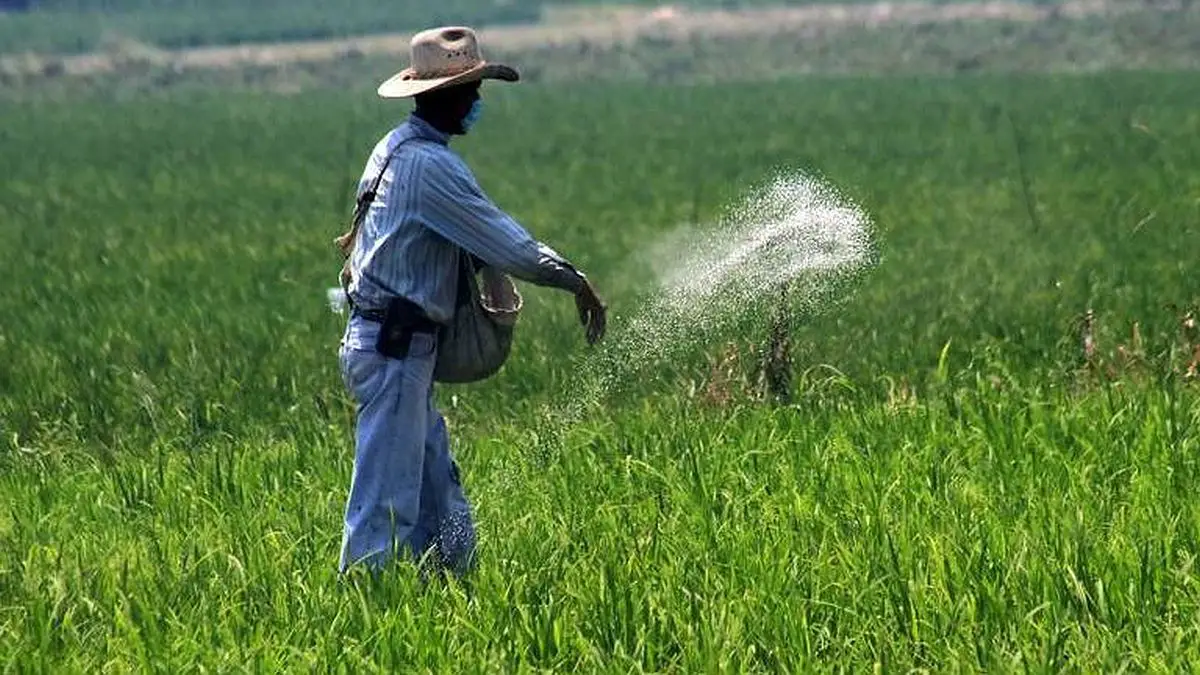Nowadays, the shortage of fertilizers has become the main problem of Peruvian agriculture. This problem puts the income of workers in this sector at risk, in addition to the exacerbation of price increases and food insecurity.
The main cause of the problem is Russia’s invasion of Ukraine, this conflict aggravated the shortage of fertilizers in Peru. During the first quarter of 2022, urea imports were reduced by 84%, which is equivalent to a deficit of more than 80 thousand tons compared to 2021.
READ ALSO: Scarcity of fertilizers reduces production in 13 regions of Peru
–
The geopolitical conflict is expected to continue in the coming months in line with trade sanctions against Russia, a country from which around 80% of the fertilizers used in Peru were imported.
Differentiated impact
The use of fertilizers is related to higher crop productivity, although in a different way depending on the geographical area, type of product and size of the land.
According to Javier Escobal, principal investigator of Gradethe fertilization of permanent products (coffee) is cumulative and, therefore, the decrease in the use of these products in a certain campaign transfers the impact to the harvest of the following campaign.

–
On the other hand, the use of fertilizers is also used by low-income producers. According to the 2012 Agricultural Census, 33% of subsistence farmers in critical condition, who allocate most of their production to self-consumption, make use of these inputs on their plots.
For Escobal, this group of farmers is the most vulnerable to an imminent increase in the price of fertilizers, for the simple fact that they cannot pass on the higher cost to consumers.
risks
The shortage of fertilizers puts at risk the production and income of 47% of farmers nationwide who use these products, according to the National Agricultural Survey (ENA) 2019. The lower production would harm the availability of food, which would increase the pressures inflation on basic necessities.
In the month of April, annual food inflation rose to 15.1%, the highest figure recorded since August 1994. This would impact the already deteriorated purchasing power of households, especially the poorest, who allocate a greater part of their income to spending on food.
perspectives
As of today, it is unlikely that the demand for fertilizers for the current campaign can be met in a timely manner. The joint negotiations with Bolivia and Venezuela to import about 30 thousand tons of urea would be insufficient to cover the deficit of 80 thousand tons that was generated only for the first quarter of 2022.
For this reason, the discussion should revolve around the way in which the quantities of fertilizers that are imported should be distributed. Criteria for prioritization should be discussed, especially between producers whose yield is highly dependent on fertilizers and those who are less able to cope with rising prices.
Subscribe to InfoMarketWeekly Email Newsletter
Discover the best news summary.
It’s just one email a week. We won’t fill your inbox! Also, you can leave whenever you want.
———–


